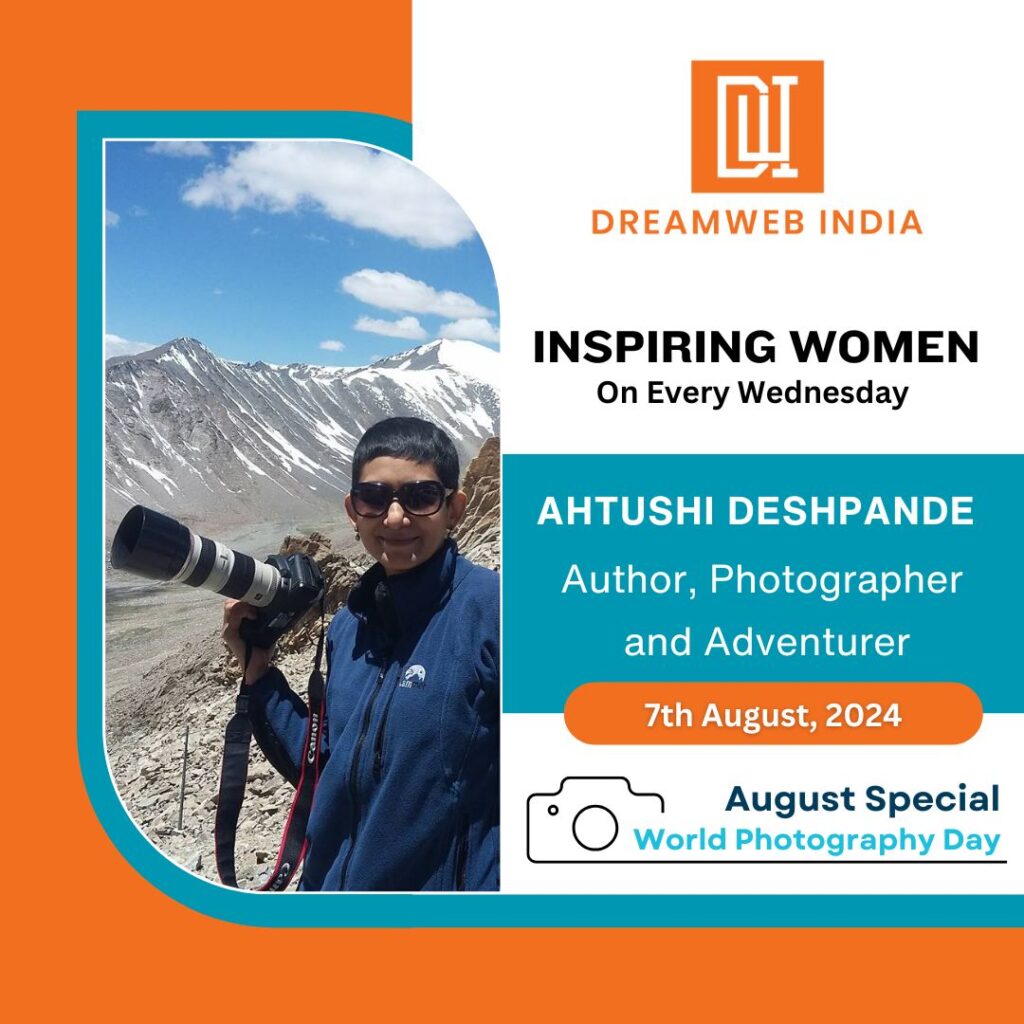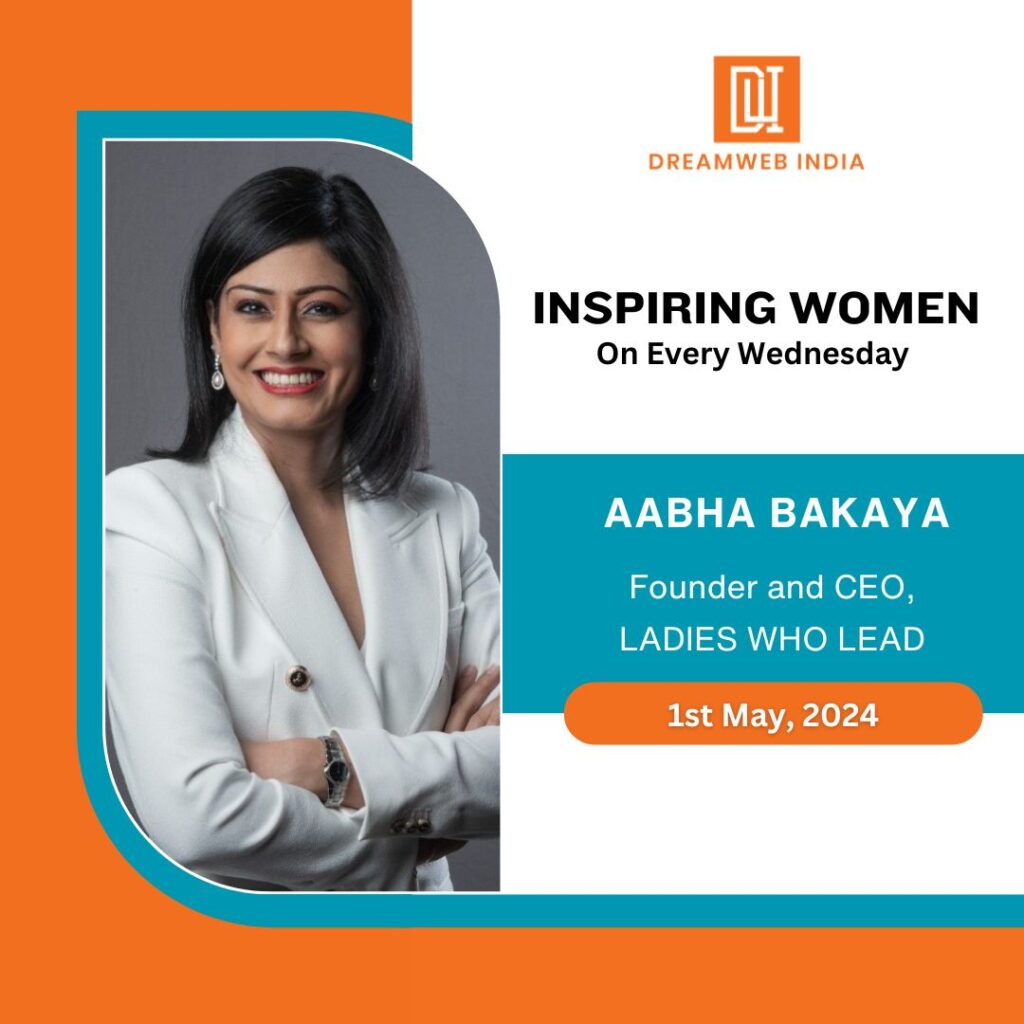Inspiring Women Every Wednesday: Renuka Puri
Late Shri Arun Jaitley, pre-budget She was born in Himachal Pradesh and later pursued graphic design at Arts College, Chandigarh. After working in an advertising agency and freelancing for several magazines and the U.P. Tourism Department, Puri joined The Indian Express in 1997. Puri has covered many subjects, including political developments, cultural events, and fashion shows. It marked her entry into more challenging news coverage, and she later pushed to cover high-profile events like Fashion Week, where she pioneered greenroom photography. Nirbhaya case in 2012, Delhi Renuka Puri’s work has been recognized for its depth and quality, earning her a spot as one of Fuji Films’ “super six women photographers” in 2005. Today, she continues to capture compelling stories through her lens, contributing significantly to Indian journalism. Renuka Puri is known for her ability to capture the essence of a moment, offering readers a visual narrative that complements the newspaper’s written content. Her photographs have contributed to the coverage of significant national events and have been widely recognized for their quality and depth. Hon. Pratibha Patil, 12th Former President of India Let’s Get Inspired In Conversation with Renuka Puri – Preeti Juneja Q. How did you get started in photography? I graduated with a Bachelor of Fine Arts from Chandigarh. After completing my degree, I struggled to find a job in the photography field. So, I decided to try my luck at an advertising agency that needed some images. When I showed them my work the next day, my boss remarked, “You’re in the wrong profession, Renuka. You should be in photography.” For a moment, I thought he was implying that he didn’t want me there. So I asked, “What do you mean by that? Are you suggesting I should quit?” He responded, “No, not at all. I believe your photography is powerful, and there aren’t many women in this profession.” He was the one who suggested I pursue photography. When I mentioned that I didn’t have any contacts, he recommended I visit Rashtriya Sahara, where a friend of his worked, as they were preparing to launch an English magazine. I took my portfolio there, and the person in charge reviewed my work. Although the magazine’s launch would take some time, he advised that I start freelancing with them in the meantime. Soon after, I began freelancing for them. Early in my career, I covered live cricket events. My mentor at the time suggested I pursue journalism, recognizing that sports wasn’t my primary focus. He introduced me to someone at The Financial Express, where I trained for a year before moving to The Indian Express in 1997. I’ve been working here ever since. Q. If you were to use photography as a medium to influence society or create change, what would you focus on? I’m eager to photograph issues related to women. There’s still so much I want to explore in this area. Women as a subject in photography are incredibly powerful and colorful. My first book was on Tihar jail. I met so many different kinds of women over there. Few were guilty, and few were not, but they were happy. Living To The Fullest, Tihar Jail After that, I worked on a project for an NGO focused on mentally challenged women, which resulted in another great book. A writer, a painter, and I were given the task of capturing their life stories through art. This was a meaningful project which I feel found me, rather than the other way around. I photographed the first battalion of BSF women stationed at the Wagah border. These powerful women, who leave their families behind to serve our country, inspire me to pursue more projects focused on women. I met Mary Kom and began following her career, and we’ve since become good friends. I’ve built up a great collection of her photographs, but I haven’t displayed them anywhere yet. Mary Kom, the sporting mother at home In my job, I also get a chance to meet parliament women. On Jaya Bachchan, she knows photography. And I have got (rare) lovely pictures of her smiling and laughing. Q. In photojournalism, where the same subject often appears in multiple newspapers, how do you make your work stand out from the rest? What goes through a photographer’s mind in these situations? Yes, yes, you are right. Sometimes, photography is accidental also. And sometimes it depends on what kind of a position you are getting. Some may think it’s a wrong position to stand, but it’s a good position for you. Everybody chooses the camera angle: right, left, down, or up. And it’s totally up to the event, like what kind of an event. And you have to be very quick. Immediately, you have to decide whether I stand here or right. Anecdotes: The Prime Minister tweeted one of my photographs and asked my office to present him with that picture. The story goes like this: After an all-party meeting, when everyone had their cameras down, I decided to follow the Prime Minister. I’m not sure why I chased him, but then I noticed a glass door ahead of me. Through the reflection on the glass, I captured an intriguing shot of the Prime Minister with all the MPs visible in the background. It turned out to be a very interesting photograph. In a particular event like The Padma Shri, where you must photograph only the awards, you must still be very careful about your right and left and what is happening there. Q. Tell us about places that were not very much explored, that you had the opportunity to visit and photograph early in your career? Tihar Jail is one of them. At Tihar, women have a beauty parlour. They celebrate Karwa Chauth and Rakhi. Bollywood has given us a different perspective on the jail, so I think that was a very different place for me to shoot. That’s why I decided to show the actual thing to everyone, not just the Bollywood picture.



